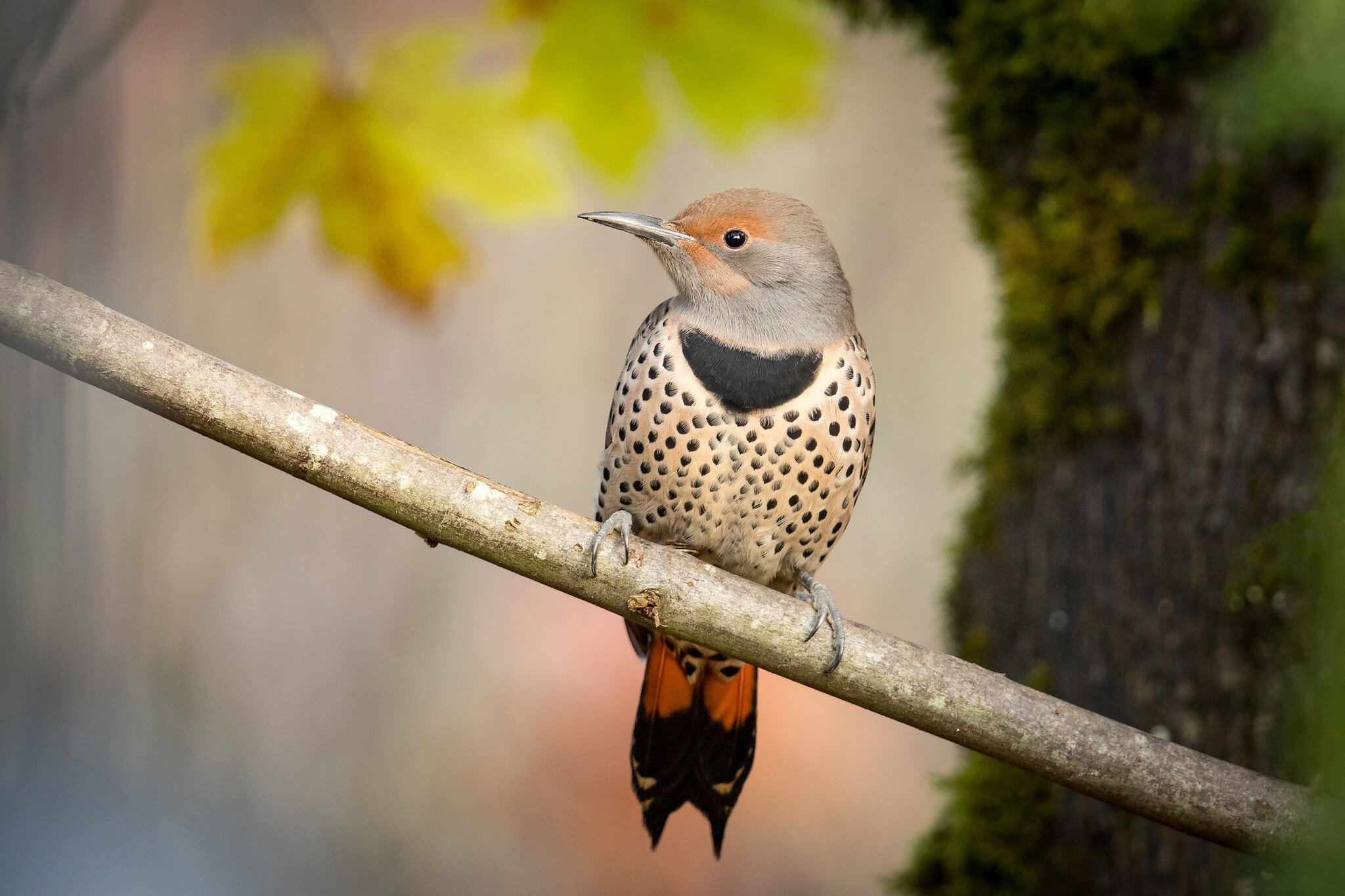Most blue-headed birds are located in the tropics—nestled away in exotic rainforests. One bird with a blue head can be found in Wisconsin, among nine or so others, breeding in the northern mixed conifer forests in summer, and migrating through southern Wisconsin in October and early May.
Photo by John Sutton








